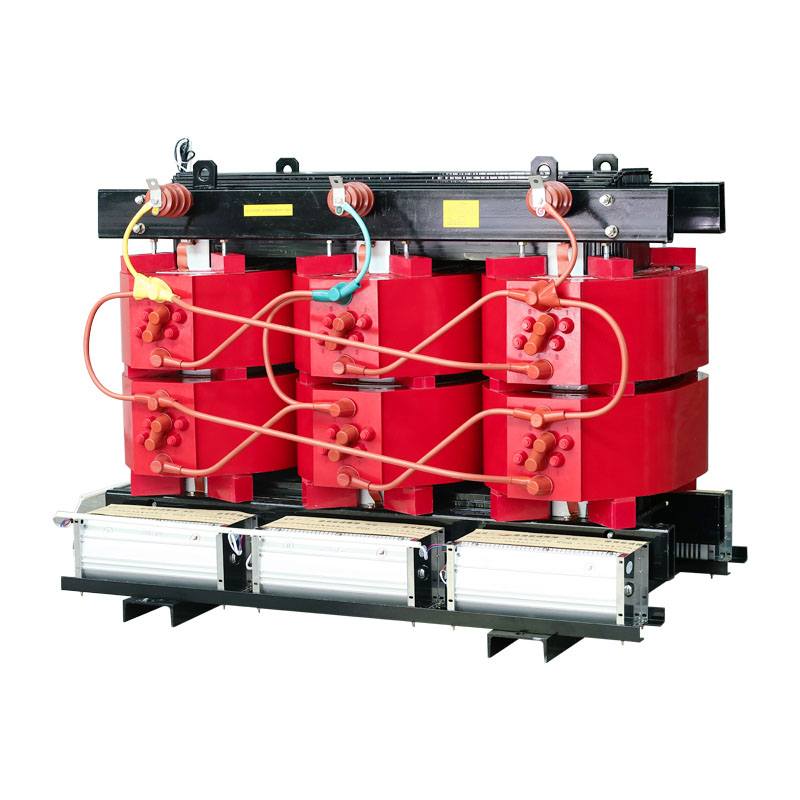Distribution Transformers – Powering the Backbone of Electrical Networks
2025-06-12
Electricity powers our daily lives, from lighting our homes to running industries and cities. Behind the scenes of this vast electrical network lies a crucial piece of equipment: the distribution transformer. Though often unnoticed, these transformers play a vital role in delivering reliable, safe, and efficient electricity to end users.

What Is a Distribution Transformer?
A distribution transformer is an electrical device that steps down high-voltage electricity from the transmission lines to a lower voltage suitable for use by homes, businesses, and factories. Typically located near the point of consumption, distribution transformers ensure that electricity reaches consumers at safe and usable voltage levels.
How Do Distribution Transformers Work?
Electricity is generated at power plants and transmitted at very high voltages to minimize energy loss over long distances. Before this power can be used by devices and appliances, the voltage must be reduced. Distribution transformers receive high-voltage electricity and convert it to lower voltage through electromagnetic induction, using primary and secondary coils wound around a magnetic core.
Key Features of Distribution Transformers
Step-Down Voltage
Typically reduce voltage from thousands of volts (like 11kV or 33kV) to standard consumer voltages (230V or 400V).
Oil-Immersed or Dry-Type
Transformers can be oil-filled, which helps in cooling and insulation, or dry-type, which use air or resin for insulation.
Single-Phase and Three-Phase Designs
Single-phase transformers are commonly used in residential areas, while three-phase transformers are used for industrial and commercial loads.
Robust Construction
Built to withstand harsh weather, electrical surges, and continuous operation.
Why Are Distribution Transformers Important?
1. Reliable Power Delivery
They maintain voltage stability and quality, reducing outages and damage to electrical devices.
2. Energy Efficiency
Modern transformers are designed to minimize losses, helping utilities save energy and reduce costs.
3. Safety
By stepping down voltages, they ensure electricity is delivered at safe levels for household and commercial use.
4. Grid Stability
Properly functioning transformers help balance load and reduce strain on the power grid.
Applications of Distribution Transformers
Residential Areas
Supplying power to homes, apartments, and neighborhoods.
Commercial Buildings
Providing electricity to offices, malls, and retail stores.
Industrial Sites
Powering factories and plants with high electrical demand.
Renewable Energy Systems
Integrating solar or wind farms into the local grid.
Maintenance and Longevity
Distribution transformers require periodic inspections to check for oil leaks, temperature changes, and insulation integrity. Regular maintenance helps extend their lifespan, prevent failures, and ensure consistent power supply.
Final Thoughts
Distribution transformers are the unsung heroes of the electrical distribution system, quietly ensuring that electricity is delivered safely and efficiently to end users. As the world moves toward smarter grids and renewable energy integration, advancements in transformer technology will continue to play a pivotal role in building a sustainable energy future.


